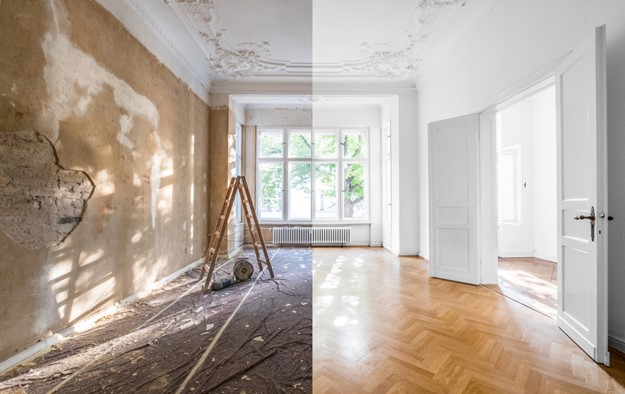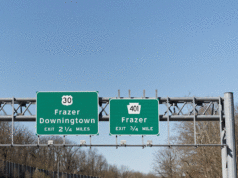In the ever-evolving real estate market, homeowners often seek ways to enhance the value of their properties. One effective strategy is through home renovations. These improvements not only revitalize the living space but can also significantly increase a property’s market value. James Thornton, a renowned figure in the Arizona real estate scene, exemplifies this strategy through his commitment to transforming properties, particularly those that are outdated or in disrepair. This article examines how specific types of home renovations, championed by experts like Thornton, can significantly elevate property values and return on investment (ROI).
Understanding ROI in Home Renovations
ROI is a crucial concept in understanding the financial impact of home renovations. It measures the efficiency of an investment, calculated as the return (benefit) of an investment relative to its cost. In the context of home renovations, a high ROI indicates that the improvement substantially enhances the home’s value compared to the cost of the renovation. Jim Thornton, with his extensive experience in Arizona real estate and a knack for reviving homes, understands that a well-calculated renovation can substantially increase a property’s market value in relation to the renovation cost.
Types of Renovations and Their Impact
- Kitchen Renovations
The kitchen, often considered the heart of the home, is a primary focus for renovations. A well-executed kitchen remodel can significantly increase a home’s value. Minor kitchen remodels, such as updating appliances, countertops, and cabinetry, often provide a better return than complete overhauls. The appeal of a modern, functional kitchen can be a decisive factor for potential buyers. - Bathroom Remodeling
Bathrooms are another critical area where renovations can yield a high ROI. Modernizing bathrooms with new fixtures, tiling, efficient lighting, and water-conserving toilets can make a substantial difference. Additionally, adding an extra bathroom, especially in homes that initially have only one, can dramatically increase a property’s appeal and value. - Energy-Efficient Upgrades
With growing environmental awareness, energy-efficient home upgrades have become increasingly valuable. Installing energy-efficient windows, proper insulation, and high-efficiency HVAC systems not only reduces utility bills but also appeals to eco-conscious buyers. These upgrades can enhance a home’s value and attractiveness in the market. - Adding Living Space
Expanding the usable space of a home can significantly boost its value. This can include projects like finishing a basement, converting an attic into a usable room, or adding a sunroom or extension. While these renovations can be costly, they often provide a substantial return by increasing the functional square footage of the home. - Curb Appeal Improvements
The exterior appearance of a home, or its curb appeal, is crucial in making a positive first impression. Enhancements such as professional landscaping, a fresh coat of exterior paint, and door replacements can significantly increase a home’s aesthetic appeal and value. These improvements are generally less costly but can yield a high ROI. - Technological Upgrades
In the digital age, incorporating technology into the home is increasingly desirable. Smart home features like automated lighting, heating, and advanced security systems can add significant value. These features not only improve the functionality and security of the home but also appeal to a tech-savvy market.
Factors Influencing ROI
The ROI of home renovations is influenced by several factors:
- Local Market Conditions: The real estate market dynamics of an area greatly affect ROI. In high-demand locations, even modest improvements can yield significant returns.
- Quality of Renovation: The caliber of workmanship and materials used in renovations plays a critical role. High-quality renovations typically lead to a better return, as they are more likely to endure and appeal to discerning buyers.
- Home’s Initial Condition: Properties that are initially in a state of disrepair or outdated can see a more substantial increase in value post-renovation.
- Trends and Buyer Preferences: Current trends and buyer preferences can greatly impact the ROI. Features like open-plan living spaces, home offices, and eco-friendly designs are currently in vogue and can add considerable value.
- Budget and Planning: Effective budget management and thorough planning can maximize ROI. Overinvesting in renovations or choosing projects with limited appeal can diminish returns.
Renovating a home is not just about aesthetic improvements; it’s a strategic move to enhance property value. James Thornton’s approach in Arizona’s real estate market exemplifies how strategic home renovations can be an effective way to enhance property value. His focus on quality, market trends, and thoughtful improvements underlines the importance of tailored renovations. By following Thornton’s model, homeowners can significantly increase the value and appeal of their properties, making renovations a wise investment for the future.









